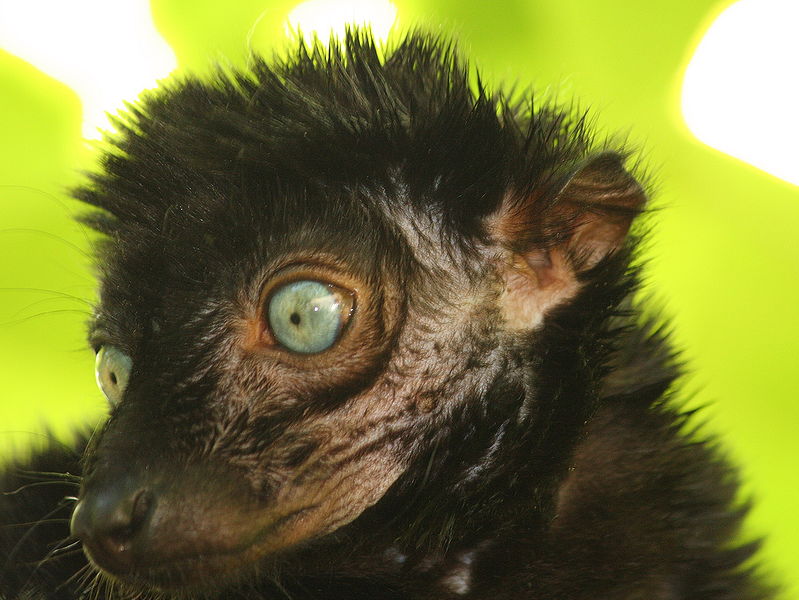
Don’t you just love Fridays? Not only do you get to sit back and enjoy the weekend but you also get to learn about the incredible Blue-Eyed Black Lemur! This lemur, also known as the Sclater’s Lemur, is typically found throughout the forests on the north-western tip of Madagascar. Until recently the Blue-Eyed Black Lemur was classified as a sub-species of the Black Lemur. In 2008, a decision was made to recognize today’s animal as an unique species. You will notice that they look similar to the Black Lemur but they are pretty easy to tell apart. Just look at the eyes. One species has an orange-red eye colour while another has blue eyes. I will let you figure out which is which :).
Battle of the Sexes
The Blue-Eyed Black Lemur has a characteristic not normally found throughout the primate world. The males and females are completely different colours. The males are typically a solid black while the females tend to be a reddish-brown colour. I will let you pick which variety you like best. Personally, I think the dark black colour really contrasts the amazing blue eyes but what do I know about fashion? Incidentally there are only a few primates known to have blue eyes, so this should make the Blue-Eyed Black Lemur that much more special.
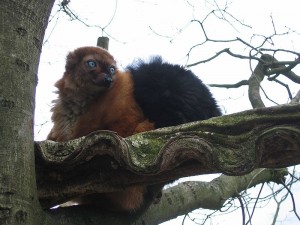
Are You On Facebook?
Like other lemur’s this particular species is a social animal living in groups between 2 and 15 individuals with group sizes between 7 and 10 being the most common. To communicate with each other the Blue-Eyed Black Lemur will use scent marking, vocalizations, facial expressions and from time to time, they will write romantic poems. Yes, I am just kidding about the poems. Similar to other lemur’s the use of scent marking is probably their most important form of communication with both males and females using their anal glands to mark their territory. The males will also use wrist and palm glands by twisting twigs, leaves and branches. Unfortunately, I am not fluent in Lemur Scent Communication so I would have know idea what the little guys are trying to tell me, which I am sure would be frustrating for them.
Well that does it for this week of Wild Facts. Enjoy the weekend and make sure you tune in on Monday for another interesting animal.

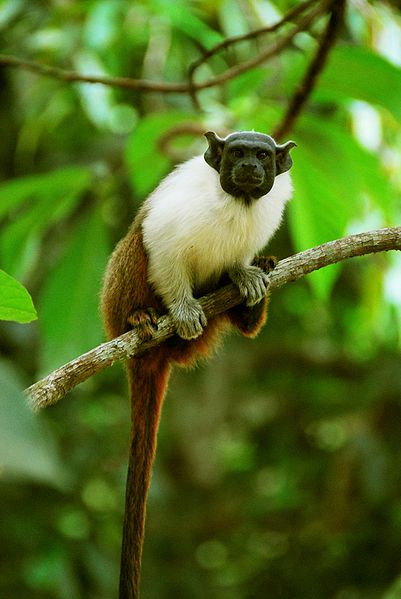
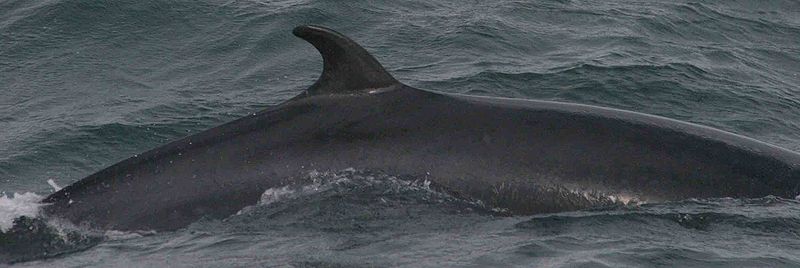
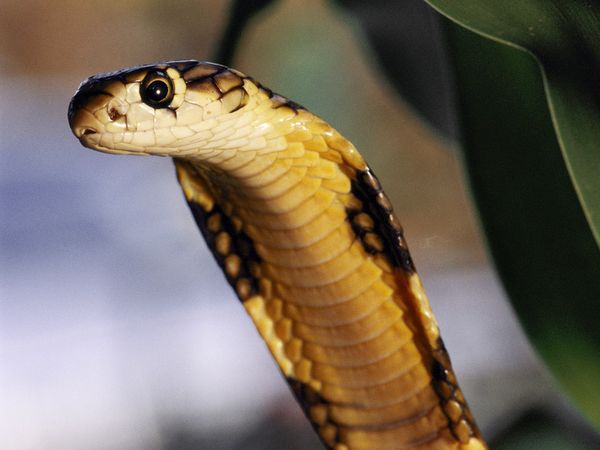

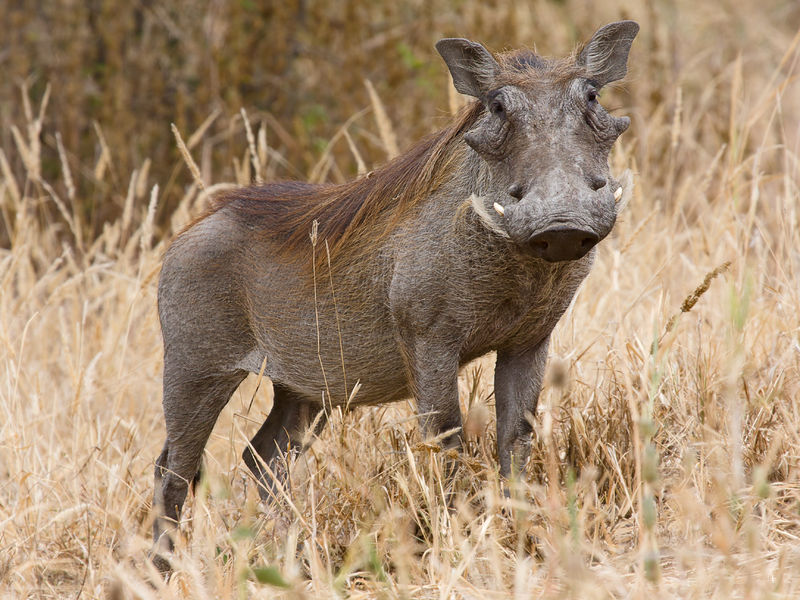
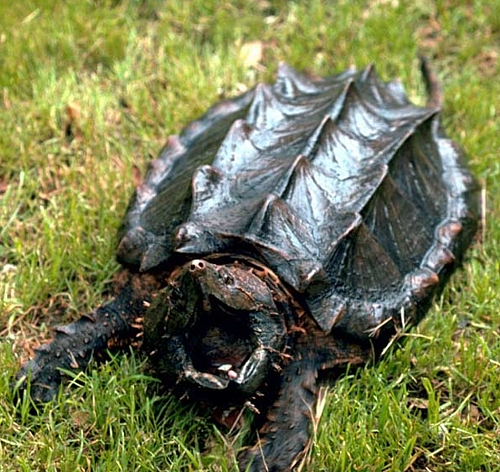
wow, hypnotic eyes
Couldn’t agree more with you.
What a delightful post. Your sense of humor is always welcome.
I’m in India for four months, visiting friends and hoping not to see many wild creatures around me, unless I am on a safari or something. There are monkeys in a lot of places but, in parts of India, of course, Bengal tigers reign supreme.
Thanks for the compliments, Carmen!
Wow.. Spending four months in India must be quite the experience. I hope you have your camera with you. Keep us posted on any wildlife you do happen to come across.